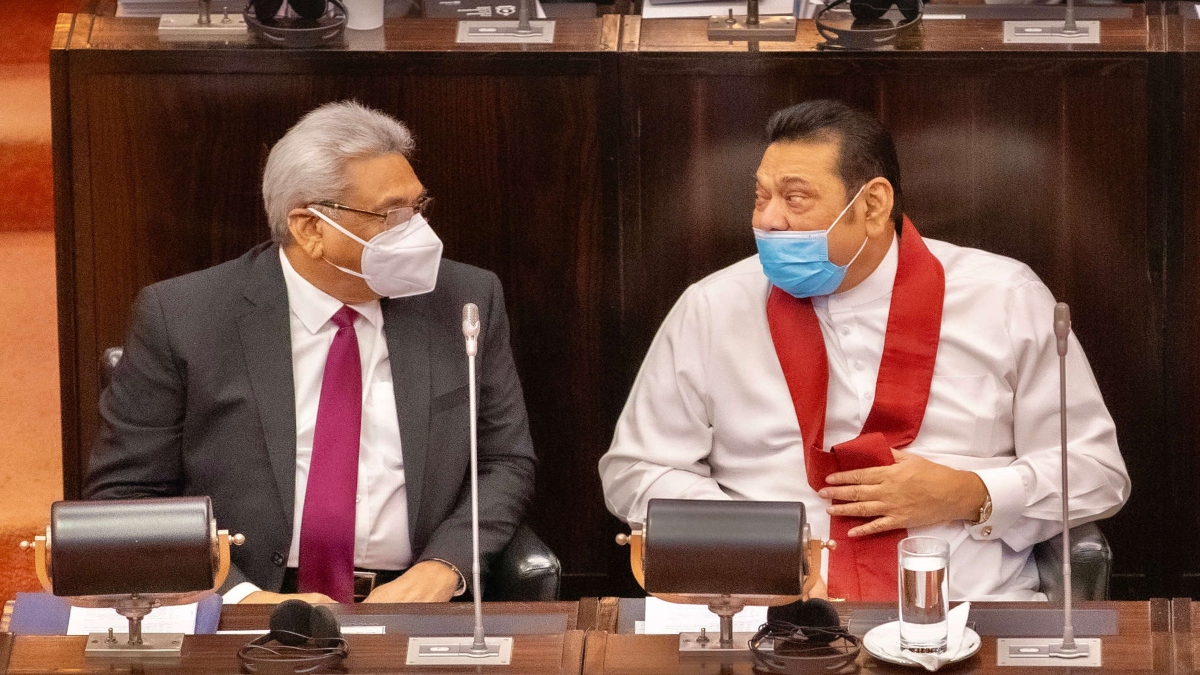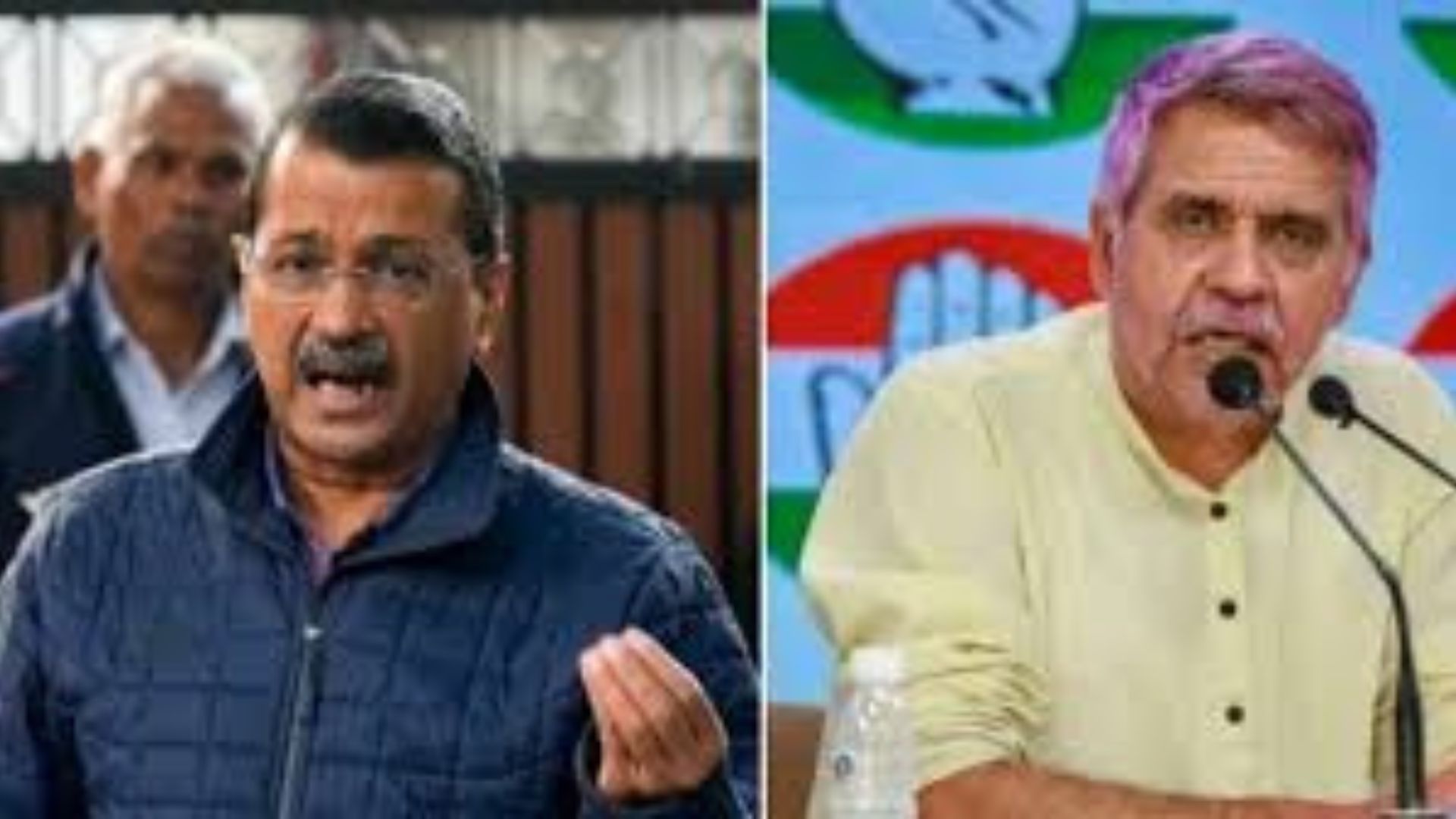The economic crisis in Sri Lanka has debilitated the country, leaving it unable to pay for essential imports, including fuel, and has prompted widespread shortage of essential items across the island nation. Public outrage culminated in a series of mass protests across the country last week, leading to violence and clashes with the police. As a response, the government announced a curfew along with a ban on social media websites, including Facebook, WhatsApp, and Twitter in an attempt to curb protests. However, citizens defied the curfew and took to the streets, demanding the resignation of the Sri Lankan President, Gotabaya Rajapaksa, whom they hold responsible for the crisis. Following the series of mass protests, all Cabinet Ministers submitted their resignations, except for the President’s brother and the Prime Minister, leaving the political future of the country uncertain. Sri Lankans have been dealing with the massive fallout of the economic crisis for several weeks, including standing in lines for hours to gain access to basic goods and power cuts for up to 13 hours. The protests against the government, including against the President are a huge change in popularity for Rajapaksa, who was elected into power in 2019 with a huge majority. Experts state the crisis is a result of decades of economic mismanagement by various governments in the country, and is not a problem that will be resolved easily.

Source: Flikr | Nuwara Eliya
REASONS BEHIND THE ECONOMIC CRISIS
Economic and policy experts agree that the current economic crisis in Sri Lanka is a result of mismanagement of the country’s finances by successive governments, along with ill-timed tax cuts compounded by the Covid-19 pandemic. The root of the problem lies in the twin deficit the country is currently experiencing: which is a budget deficit alongside a current account deficit. This spells disaster for the fiscal and monetary health of any country. The roots of the economic crisis in the country can be traced back to factors such as an economy reliant on the export of primary commodities such as tea, rubber, and garments, while essential consumption items such as food and fuel are imported into the country. The country mobilises foreign exchange reserves through a combination of primary community exports and tourism.

Source: Wikimedia Commons


Source: Flikr | Marcel Crozet / ILO
As global primary commodity prices have continued to fall since 2013, the country’s avenues to earn higher export revenue have also dwindled. Due to this, the country approached the International Monetary Fund (IMF) for assistance in 2016 for a second time. The IMF imposed various conditions, including the reduction of the country’s fiscal deficit to 3.5 per cent, flexibility in exchange rates, and commercialisation of public sector enterprises to sanction the loan. However, the country was unable to stabilise its economy and the Gross Domestic Product (GDP) of the country shrunk from 5 per cent in 2015 to 2.25 per cent in 2019. Other measures of the economic health of the country also continued to dwindle, as the rate of investment fell from 31.2 per cent in 2015 to 26.8 per cent in 2019, while the savings rate for the same period fell from 28.8 per cent to 24.6 per cent. Government revenue, which was already shrinking, was further impacted in 2019 after the government implemented several ill-timed tax cuts that led to even lower tax revenue.
While exports and government revenue was declining, the tourism sector, which constitutes a huge part of the economy also began to decline in 2019, following the Easter terrorist attacks in the country that year. This was followed by the Covid-19 pandemic. The fiscal deficit exceeded 10 per cent in 2020 and 2021, and the ratio of public debt to GDP rose from 94 per cent in 2019 to 120 per cent in 2021. The effects of the Covid-19 pandemic left thousands of Sri Lankan labourers in West Asian countries stranded – they had to return jobless after the first wave of the pandemic. Garment factories and tea estates in Sri Lanka could not function, as infections raged in clusters, and thousands of citizens lost their jobs in cities as establishments abruptly shut down or offloaded personnel.
Another major reason behind the current crisis is the country’s decision to switch to organic farming. The country used to spend around US$ 260 million (about 0.3 per cent of its GDP) on fertiliser subsidies, most of which were imported. However, in May 2021, it was declared that the country would switch completely to organic farming and it banned the import of fertilisers. The ill-timed policy, which was implemented in an attempt to preserve foreign exchange reserves, had a brutal impact on the production of agricultural products, making it necessary to import more food items.
The compounded impact of this meant that all the key foreign exchange earning sectors of the economy, including exports, remittances, and tourism were hit the most, leading to a huge deficit of foreign exchange reserves. These reserves were needed for the country to be able to pay for essential goods such as food and fuel, which the country imports.
INDIA’S ROLE AND THE WAY AHEAD FOR SRI LANKA




The Sri Lankan rupee, which authorities floated last month, has fallen to nearly 295 against the US$, while it stood at around 180 in 2019. Consumer Price inflation is at 16.8 per cent and foreign reserves stand at US$ 2.31 billion at the end of February, falling 70 per cent over the last two years. The country faces a rough journey ahead, seeing as it has to repay its foreign debt which is totalling nearly US$ 4 billion this year and is expected to rise further as it continues to import essentials from its account. In a recent address to the country, President Rajapaksa said Sri Lanka will incur an import bill of US$ 22 billion this year, resulting in a trade deficit of US$ 10 billion.
So what is the Sri Lankan government doing in an attempt to mitigate its way out of this crisis? As any fiscal help is out of reach, the Central Bank of the country has put in place some monetary measures in an attempt to raise foreign exchange reserves. Experts are calling these measures “band-aids”. These include tightening trade restrictions, devaluing currency to encourage remittances and make exports more competitive, and hiking interest rates in an attempt to combat persistent inflation.
The country continues to seek assistance from other countries and international finance organisations. Sri Lanka already owes China around US$ 3 billion due to heavy borrowing during the Mahinda Rajapaksa presidency for infrastructure projects and has approached the country again for a US$ 2.5 billion line of credit. The country is hopeful for a bailout from the IMF. Additionally, they are looking to India for more loan support. Till 18 March 2022, India had extended support amounting to US$ 2.4 billion to Sri Lanka, through a US$ 400 million RBI currency swap, deferral of a US$ 0.5 billion loan and another US$ 1.5 billion as a line of credit for the country to sustain its essential fuel imports. Indian traders have also started loading 40,000 tonnes of rice for prompt shipment to Sri Lanka in the first major food aid. On 28 March 2022, Sri Lanka had sought an additional line of credit of US$ 1.5 billion from India to import essential items.
A major concern that many countries and international financial bodies have with regard to extending additional financial support to the country is that the support extended may be ineffective due to the rampant corruption in the Sri Lankan government. President Rajapaksa had promised citizens stability and a “strong hand” with which he would rule the country. However, since his election, the economic crisis in the country has worsened and experts blame the rampant corruption in both government and the business sector as having facilitated this. Even after the end of the civil war in 2009, which had huge economic repercussions for the country, corruption and authoritarianism penetrated every aspect of government in the country under the rule of former President Mahinda Rajapaksa from 2005 to 2015 and his brother—President Gotabaya Rajapaksa—elected in 2019.
The Rajapaksa family has dominated the politics of the nation for decades and the current shortages and dire economic conditions have prompted protests directly against them, as people seem to be protesting against the larger ineffectiveness of governance and ill-timed reforms, while demanding the resignation of the leaders responsible for the crisis.
Contributing reports by Damini Mehta, Senior Research Associate at Polstrat and Abhinav Nain, Akhil Chirravuri, Interns at Polstrat.







